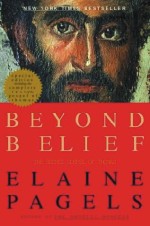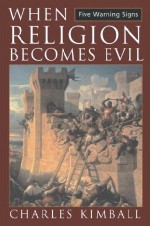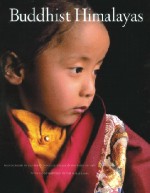| A
Mystical Journey
Sanyat
Sattar
No
religion has ever advocated terrorism or gone against humanity.
Peace and love has always been the key word of every single
religion in this world. Then why is religion today seen
as the cause for the most destruction on earth?
Beyond
Belief: The Secret Gospel of  Thomas Thomas
Elaine H. Pagels
Random House; May 2003
In this
majestic new book, Pagels ranges panoramically over the
history of early Christianity, demonstrating the religion's
initial tremendous diversity and its narrowing to include
only certain texts supporting certain beliefs. At the centre
of her book is the conflict between the gospels of John
and Thomas. Pagels suggests that we recover Thomas as a
way of embracing the glorious diversity of religious tradition.
Pagels also focuses on how some Christian leaders, especially
Irenaeus, despising the esoteric gospels, made sure that
the New Testament canon was limited to the four gospels
and other approved writings. Pagels' writing, spare, elegant
and provocative, leads readers step-by-step down a spiritual
path to one's inner self. Indeed a fresh and exciting work
of theology and spirituality.
 When
Religion Becomes Evil When
Religion Becomes Evil
Charles Kimball
Harper San Francisco; September 2003
By
now it's common to remark that more violence than good has
been committed in the name of religion. The terrorist attacks
of September 11 and the continuing Israeli-Palestinian strife
confirm this age-old aphorism. Wake Forest religion professor
Kimball, has made something of a career out of speaking
about the ways in which religion becomes evil. Every religion
has the capacity to work either for good or evil, and he
contends that there are five warning signs that we can recognise
when religion moves toward the latter. Religion can resist
becoming evil by practicing an inclusiveness that allows
each tradition to retain its distinctiveness while it works
for the common good. Kimball's clear and steady voice provides
a helpful guide for those trying to understand why evil
is perpetrated in the name of religion.
Buddhist
Himalayas
Oliver Föllmi, Danielle Föllmi & Matthieu
Ricard
Harry N Abrams; October 2002
"Terma,"
a Tibetan word, meaning "revealed treasures,"
applies to teachings hidden by ancient masters under rocks
or in the earth to be found by future generations; it also
applies to this massive volume of photographs and text.
The Föllmis have spent 25 years living, working and
travelling in the Himalayas with peasants, nomads, monks
and spiritual masters; Ricard, a monk himself, has photographed
life in Tibet and Nepal for 30 years and is the French translator
for the Dalai Lama. This spectacular book invites the reader
on a journey to a faraway exotic land and into one's own
heart and soul. The beauty of the majestic Himalayan countryside,
of the Tibetan people-spiritual masters and humble shepherds
alike and of their sacred places all inspire a desire to
look within, in search of an understanding of the essence
of Buddhism and the Himalayan spirit. Glorious photographs
of the Himalayas combine with the text to form a harmonious
mosaic of this uniquely spiritual mountaintop civilization.
|

 Thomas
Thomas When
Religion Becomes Evil
When
Religion Becomes Evil